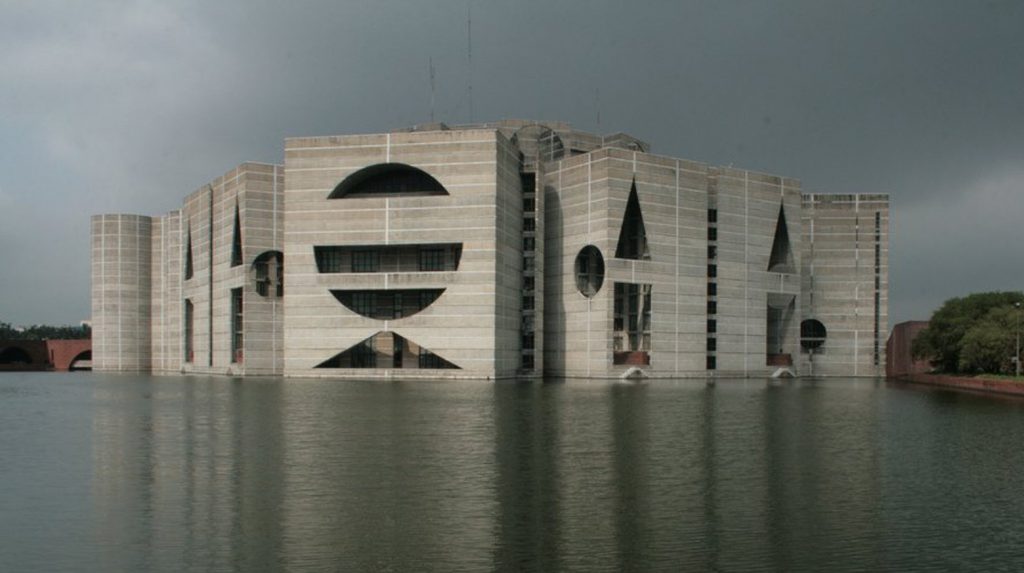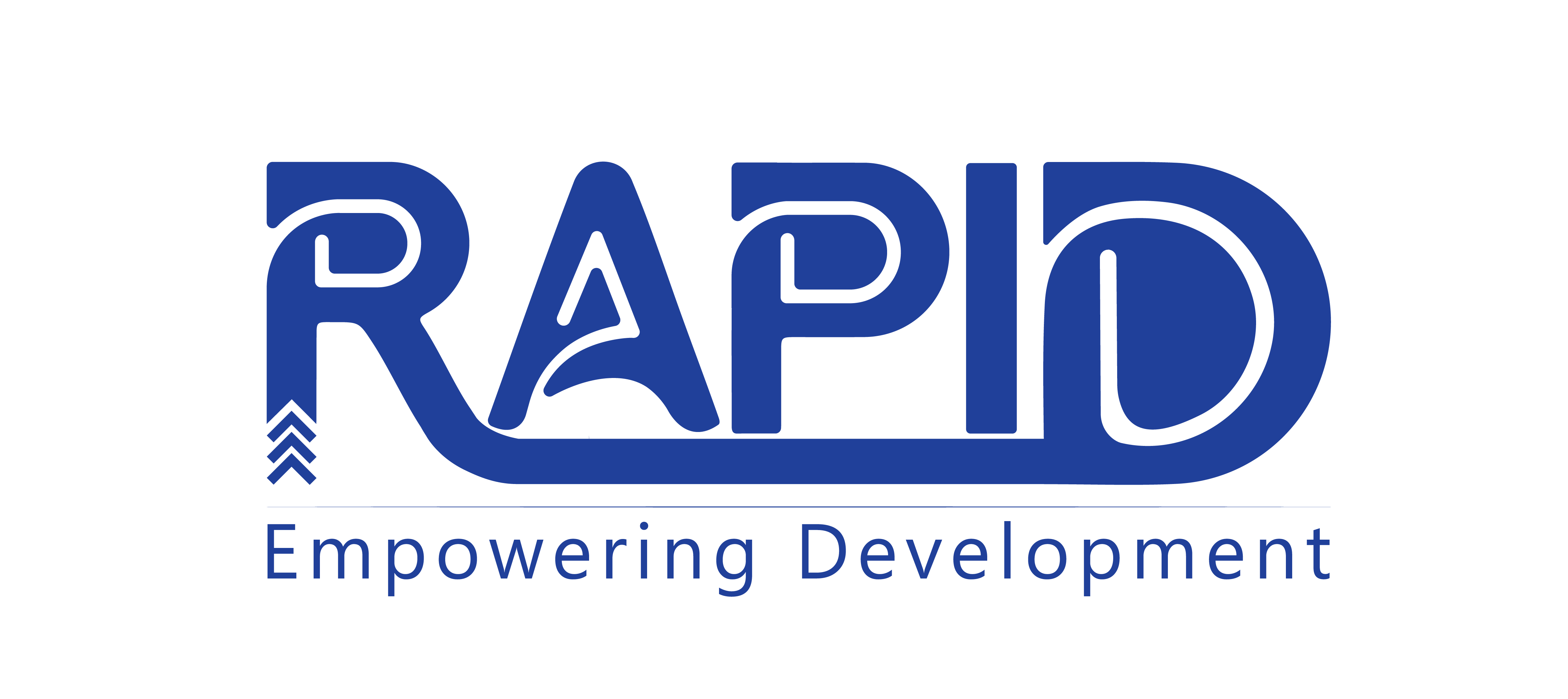
Budget 2020-21 Recommendations

RAPID Talk: সামাজিক উদ্যোগ, ব্যবসা ও কর্মসংস্থানে করোনার প্রভাব
Budget 2020-21: Ambitious Targets Are of No Comfort in Time of Great Uncertainty and Distress
Dr Mohammad Abdur Razzaque
11 June 2020
 Preparing the budget for 2020-21 amid the on-going Covid-19 pandemic has certainly been an extremely difficult task.
Preparing the budget for 2020-21 amid the on-going Covid-19 pandemic has certainly been an extremely difficult task.Notwithstanding, there was room for being more realistic in providing headline budget targets and being more proactive in dealing with profound health and livelihood challenges faced by numerous households.
The targeted GDP growth of 8.2% for 2020-21 will be a daunting prospect.As virus infection and death rates are still rising, economic activities are likely to remain subdued over the next several months, if not longer.
More than 70 per cent of all investment comes from the private sector. Therefore, without a healthy growth in private investment, such a high overall economic growth cannot be achieved.
The confidence of the private sector is at a critically low level and thus a shortfall in the investment for achieving a high growth is almost inevitable.
Economic activities in the past several months were weak as reflected in the revised GDP growth estimate of 5.2%. Considering this rather subdued base of the economy, one can expect a better economic growth prospect in the future if normalcy returns soon. However, as things unfold, we are passing through a protracted crisis.
In the budget speech, the revised private sector investment for 2019-20 has been shown to be 12.7 per cent of GDP. This is almost half the private investment-GDP ratio of the previous year (2018-19). This shows how badly the private sector has been affected. Low investment in the past year will also have adverse implications for economic activities and job creation in the coming year through its lag effects.
There is a great deal of apprehension of investment activities slowing down further over the next few months.
Over the past several years, the medium and large manufacturing enterprises have been the primary drivers of economic growth. In many cases, the depressed demand situation will compel slow supply-side response from them.
The export-oriented readymade garment industry is already badly hit by falling export orders. Given the gloomy world trade situation, it is not expected that export growth will pick up any time soon. Although remittances received grew during 2019-20, such flows are projected to fall in the global economy as well as for Bangladesh.
Apart from the readymade sector, Bangladesh’s manufacturing sector is overwhelmingly dominated by supplies for the domestic market. The Covid-19 pandemic has made most consumers poorer.
Furthermore, in any crisis, consumers become overly cautious and conservative about their spending decisions. It is extremely unlikely that the dynamism in domestic demand for furniture items, clothing, plastic products, utensils, processed food, etc., - that has been the hallmark of our manufacturing growth in recent times – will continue.
Many enterprises including the micro and small enterprises are already out of business and will find it difficult to resume their business. Supply-side constraints can also affect medium and large enterprises.
It is the interaction of low consumers’ and investors’ confidence, depressed demand, supply-side constraints, featuring the great uncertain times, inflicted by an unprecedented global pandemic, that will likely to take a toll on economic activities. We need to acknowledge it sooner to prepare better.
Financing the budget has also been a challenge over the past several years, as reflected in high revenue targets set in successive budgets only to be missed.The targeted total tax revenue of Tk 378,000 crore for 2020-21 is almost unchanged from the original budget target of 2019-20. That is, there has been some acknowledgement that revenue collection would be a challenge. However, the actual revenue mobilisation for 2019-20 would be significantly lower (by Tk 30,000 crore) as per the government’s own revised estimate. Against this backdrop, the proposed budget considers about a 9-per cent growth in revenue collection. This will be challenging given the disrupted economic activities.
The proposed budget shows a budget deficit equivalent of 6% of GDP for 2020-21. This is somewhat higher than the usual 5%-level deficit that Bangladesh has so religiously maintained over many years.
However, the situation can change rapidly if the ambitious economic growth and revenue mobilisation targets get compromised. For 2020-21, the budget considers a GDP growth of more than 13% in nominal terms (i.e. when inflation is adjusted, the growth becomes 8.2%). If this nominal GDP growth drops to 8% and revenue generation falls short by 8%, which is most likely given the usual trend, the budget deficit will rise to 7.3% of GDP.
Unlike the widely expected significant rise in social security spending, the proposed increase has been a modest one. In the revised budget for FY20, the spending on social security (Tk 81,865 crore) – at 2.9% of GDP – saw a rise from about 2.5% of the previous year.
However, the allocation for 2020-21 is just 3% of GDP and thus will remain more or less unchanged from this year. Of the allocation for social security, almost a quarter will be spent on pension payments of public employees. Therefore, while there have been a lot of discussions on helping the poorest and most vulnerable people during this crisis, the budget seems to suggest a lackluster drive to materialise it. This is rather striking as Covid-19 cases are rising fast and millions of households have already been hit hard by disrupted economic activities.
The government has proposed to allocate Tk 29,247 crore for the Health Services Division and the Medical Education and Family Welfare Division in FY21. This allocation is 5.1 per cent of the proposed budget and 0.9 per cent of the GDP for FY21. This is a 23.44% rise from the revised budget of Tk 23,692 crore for FY20. To address emergency requirements, there is, however, a lump sum allocation of Tk 10,000 crore.
While this is a sizeable increase in percentage terms, the allocation is likely to be grossly inadequate for the current need. Even after taking into consideration that, it may not be possible to suddenly absorb a very big increase in spending, most analysts would agree that the proposed allocation does not adequately reflect the sheer scale of the crisis being confronted by the country with so little health support being available.
It is worth noting that – even amid this crisis – our health budget cannot match the average health expenditure of the least developed countries (1.02% of GDP).In the budget speech, however, the finance minister mentioned that currently 13 ministries and divisions are implementing various programmes related to health and family welfare. In the next fiscal year, Tk 41,027 crore has been allocated for this purpose which is 1.3 percent of the GDP and 7.2 per cent of the total budget.
In terms of financing the budget deficit, after a whopping growth of bank borrowing from Tk 47,364 crore in 2018-19 to Tk 82,421 crore in 2019-20, the expected volume of such borrowing is expected to grow further.
Reduced flow of private investments thanks to the Covid-19 crisis has somewhat contained the adverse crowding-out impact of such excess government borrowing. What is, however, most striking is not to consider significantly higher foreign financing, which has been kept at 2.5% of GDP. A more realistic and proactive approach would be to secure more external funding and thereby to finance, amongst others, social security spending for the coming unusual year. The cost of external borrowing is lower than that from the domestic sources so inability to mobilise foreign aid would be a missed opportunity at this critical time.
The revised budget for FY20 shows slightly lower Annual Development Plan spending (of Tk 192,921 crore) than the original budget target. However, this revised spending turns out to be much higher than that of 2018-19 ADP spending (of Tk 147, 287 crore) despite the fact that project implementation during March – June of this year was likely to be severely affected due to economic shutdown. Large payments incurred due to some mega projects could have resulted in such rise in ADP spending in FY20.
The proposed budget for 2020-21 aims to register a 6.5% growth in ADP spending. This can be an important area of review where resources can be saved from some of the not-very-urgent projects to be allocated in favour of health and social security spending.Any analysis of budget will put due emphasis on effective utilisation of resources available. This issue is even more important than ever for implementing the next fiscal year’s budget and work programmes. A rigorous scrutiny of the quality of public spending and stern actions against any wastages and corrupt practices can greatly help materialise much more than what we have been able to get from the money spent.
Overall, that an unprecedented crisis requires an extraordinary response is not well reflected in the proposed budget.


